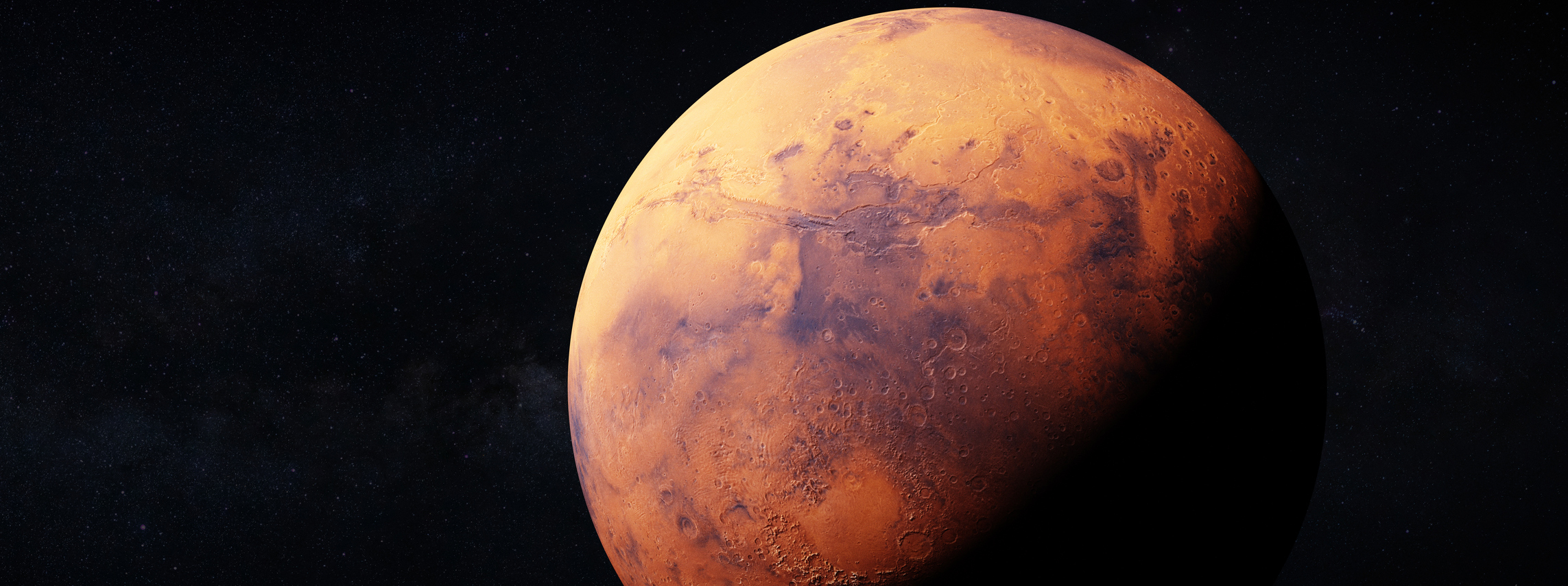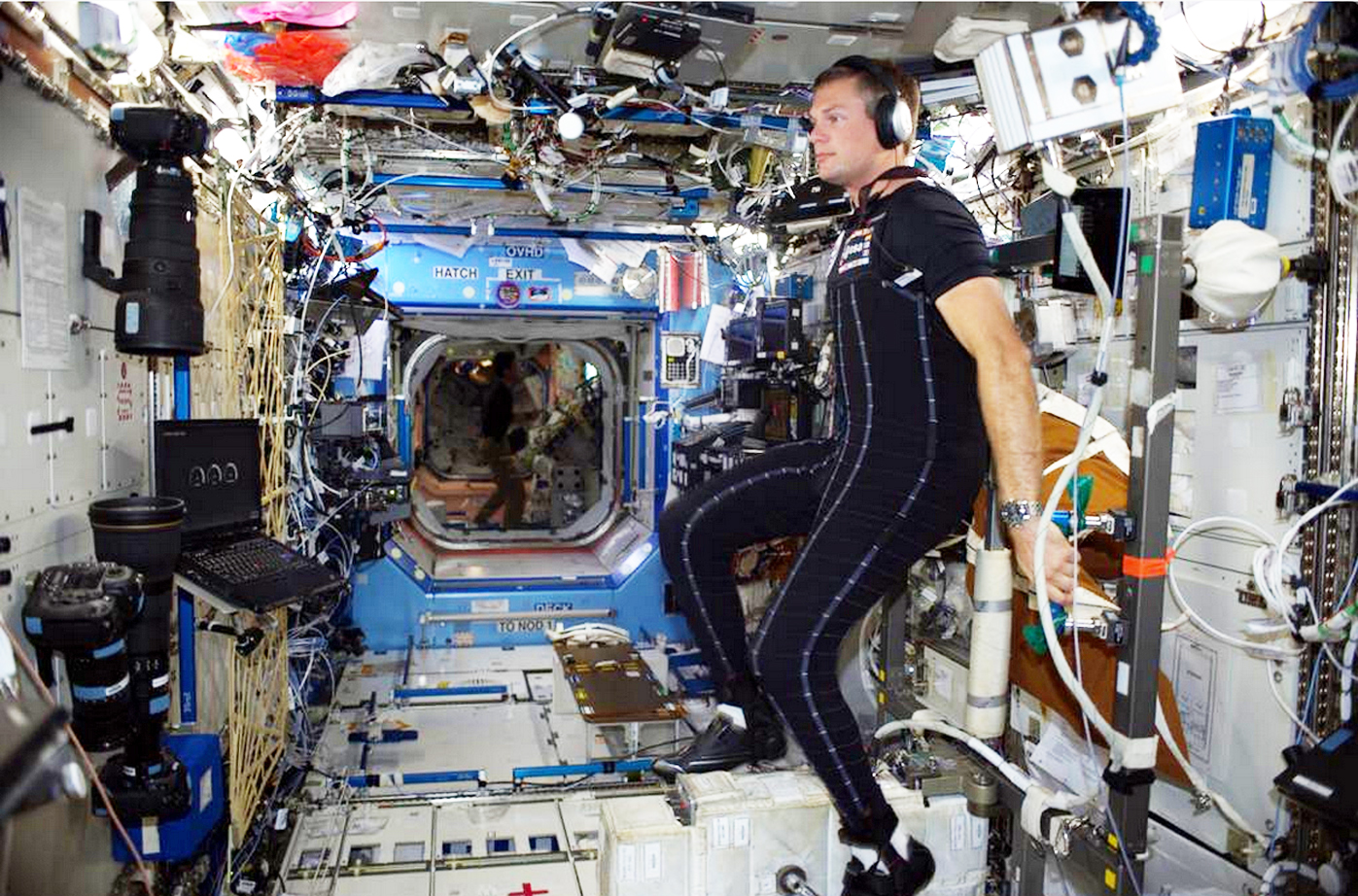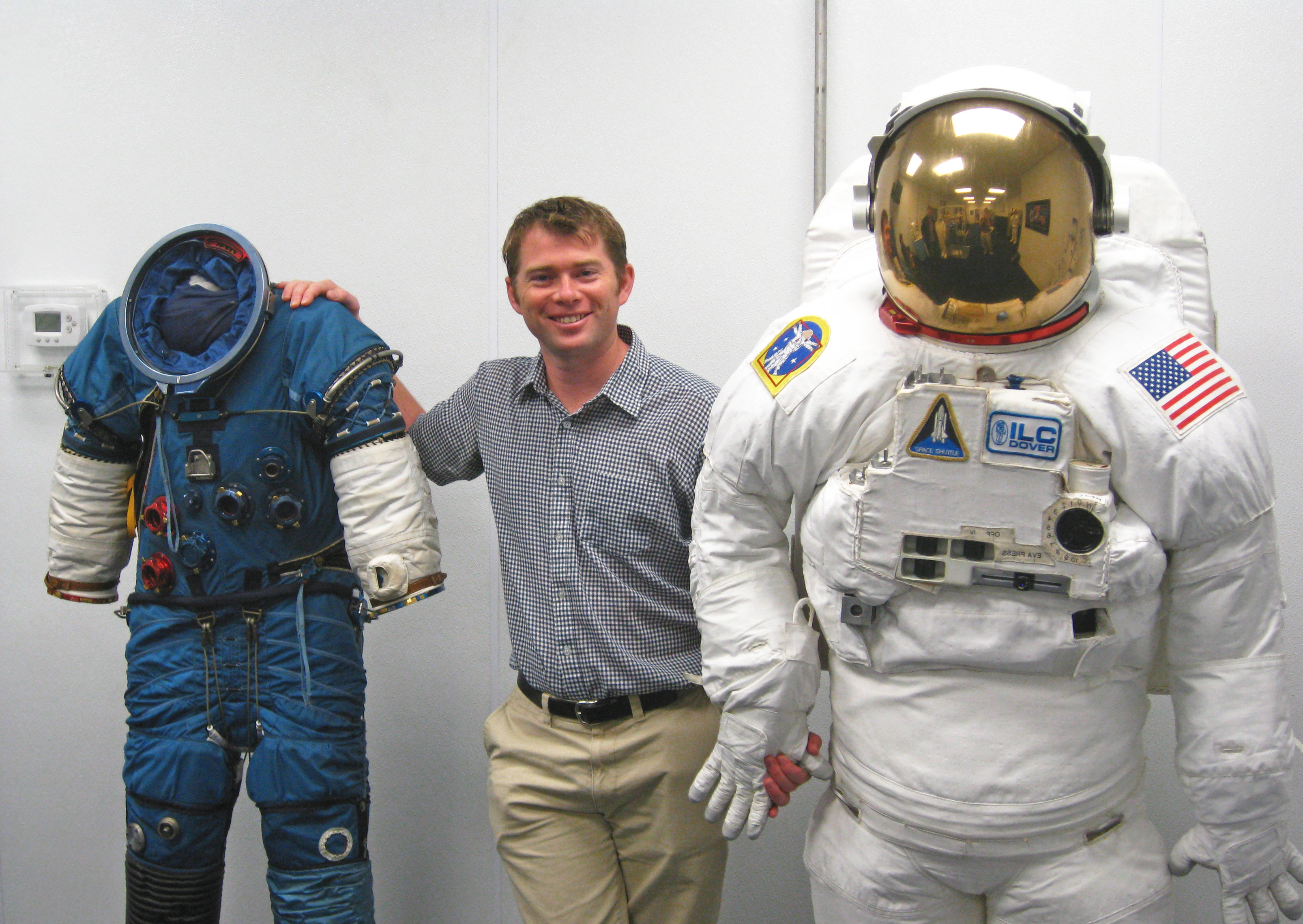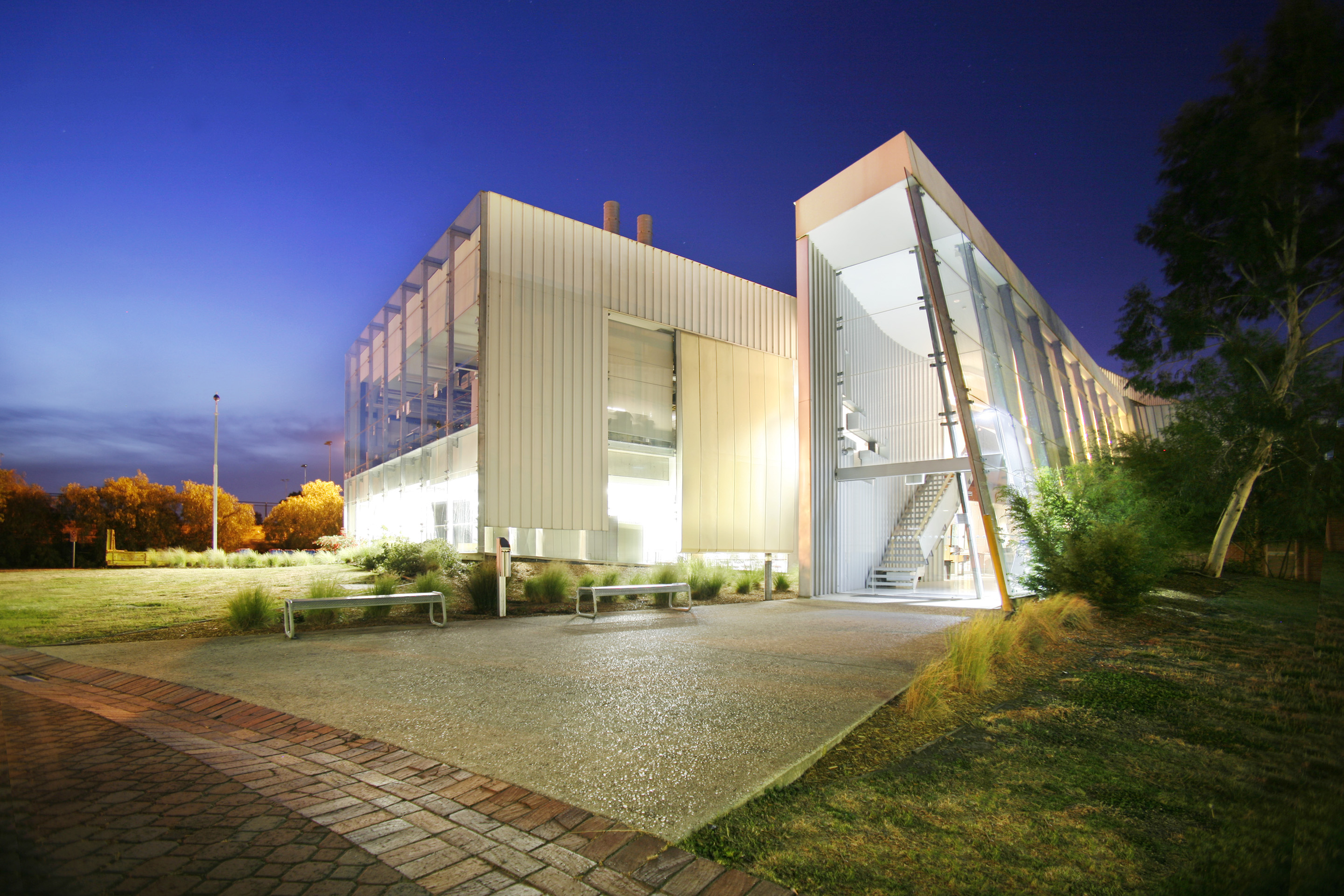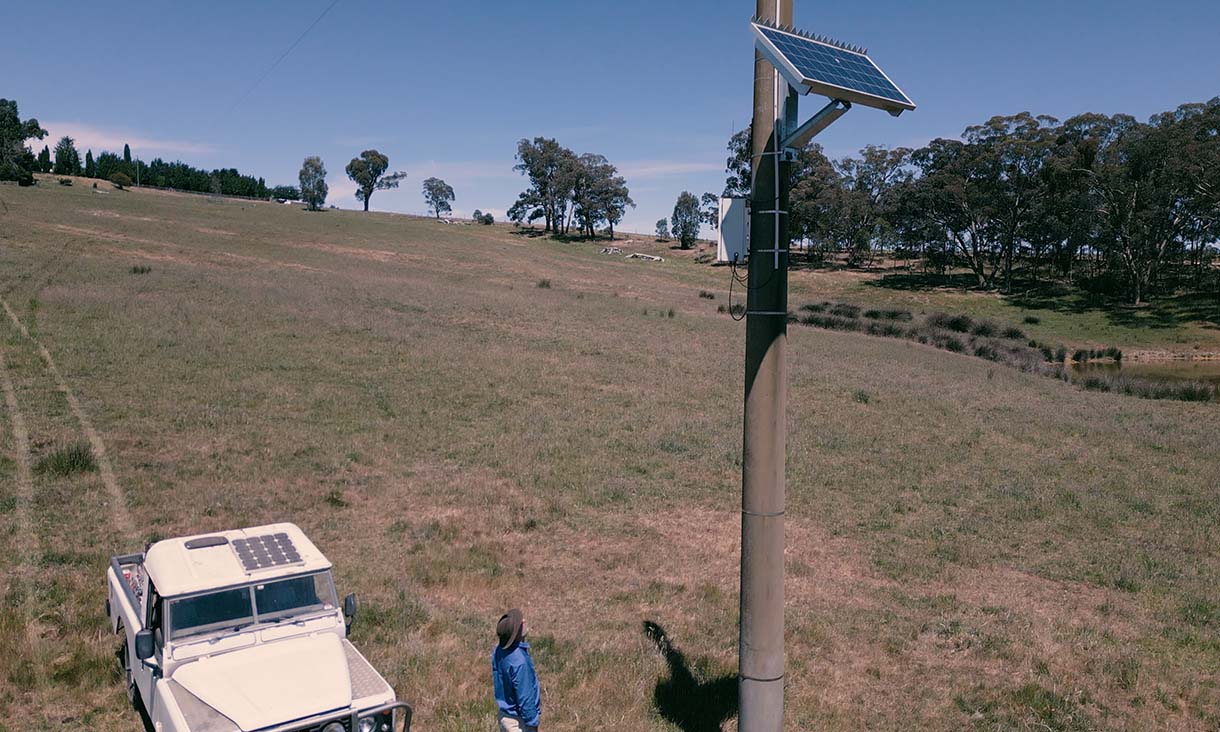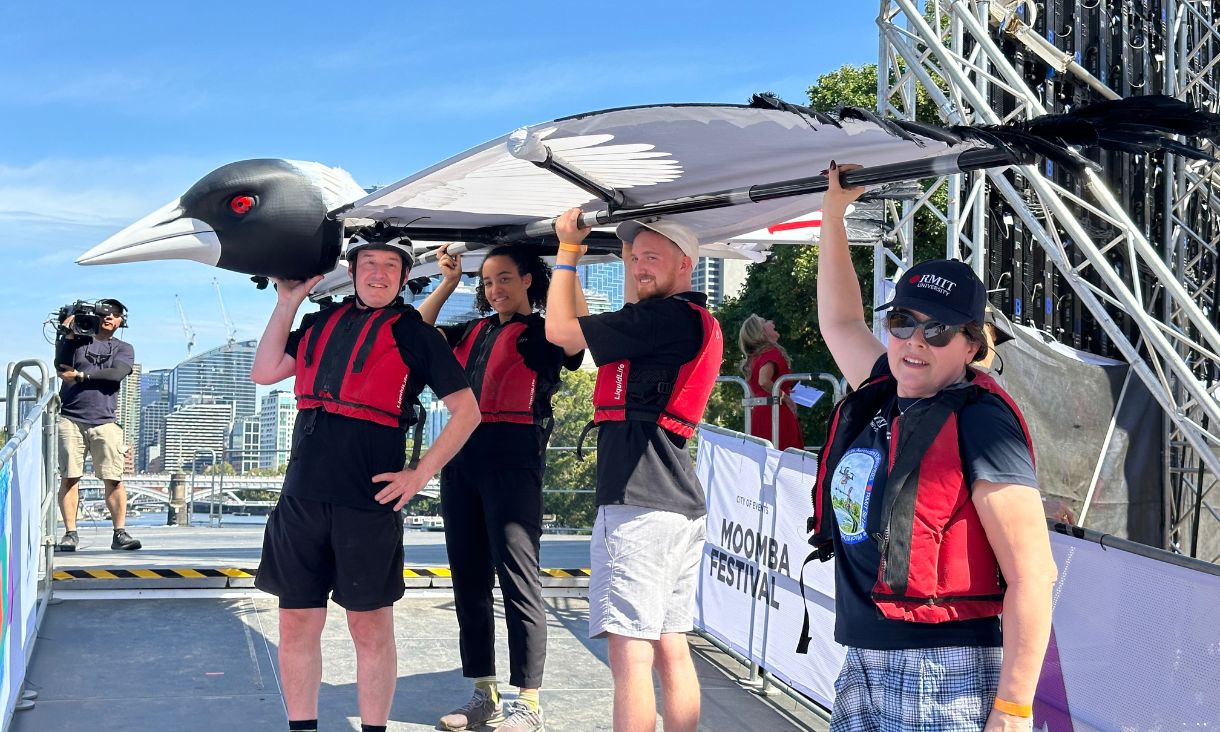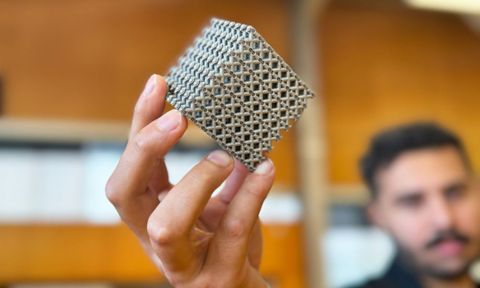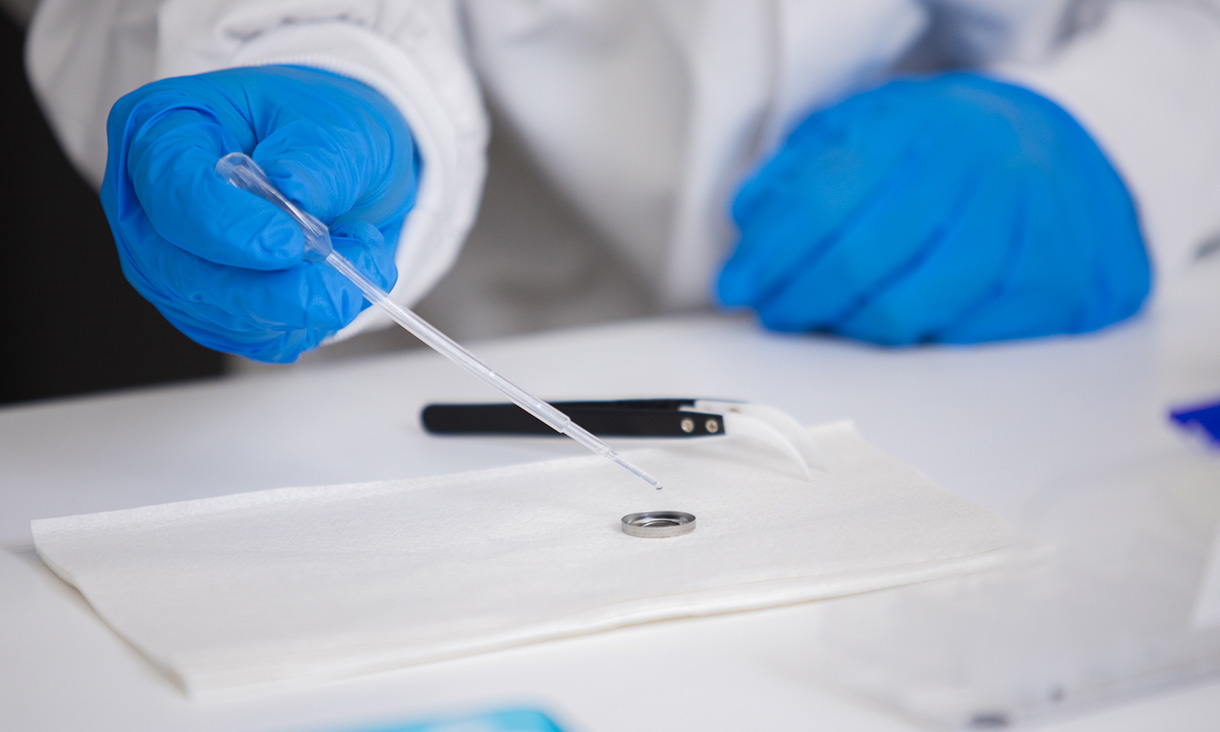Staying healthy aboard the spacecraft
The team’s skinsuit helps mitigate bone and muscle loss and other health side effects of weightlessness by imposing earth-like longitudinal loading on the torso and lower body.
In short, the skin-tight elastic suit has been designed to mimic the impact of gravity on the body.
“Being very light elastic and requiring no power, it also allows astronauts to continue working when in use, so is well suited to extended space missions,” Waldie said.
An earlier version of the skinsuit designed by Waldie flew twice on the International Space Station as part of a European Space Agency programme, where it was assessed for its operational readiness and ability to help reduce spine elongation.
“We were really happy with these initial results but now need to refine it further and progress it into consideration with NASA for future long duration flights,” he said.
Suited up for the Moon, or even Mars
The team is also developing an advanced skinsuit concept suit to be worn on spacewalks, Moon walks or perhaps even Mars walks.
“Existing gas-pressurised suits for spacewalking are amazing personal spaceships, but they are also bulky, heavy, rigid, unsafe, and require high maintenance,” Waldie explained.
“New designs and advancements are critical in this area too and we think elastic skinsuit pressure layers could work well as an alternative or supplement to traditional gas-pressurised layers in space suits.”
The skinsuit concept for space walks has been around since the 1960s, and Waldie has specialised in researching their development since 2001 while studying his PhD at RMIT University.
“The main challenge is to activate the elastics so that we can manage the pressure and allow them to be donned and doffed easily,” he says.
“We will work with our US collaborators in exploring new ways to achieve this activation and enable skinsuits to be a feasible option in the future, providing lighter, safer and more dexterous spacesuits.”
Helping astronauts back on Earth
The third suit being developed by the team is not so much a space suit, as an Earth suit.
In space, blood pressure equalises all over the body. But when astronauts return to Earth the blood is again affected by gravity, and begins to pool at the lower extremities as per normal.
Being unused to the pooling, astronauts can faint from what’s known as orthostatic intolerance.
The team will make an advanced prototype of a compressions suit to be worn by astronauts on return to Earth, to help reduce blood pooling, similar in concept to G-suits for pilots.
“This type of technology is not only about aiding the health and safety of astronauts, but also in creating medical technologies to help treat the broader population in cases such as burns, lymphedema and Peripheral Vascular Disease,” he said.
